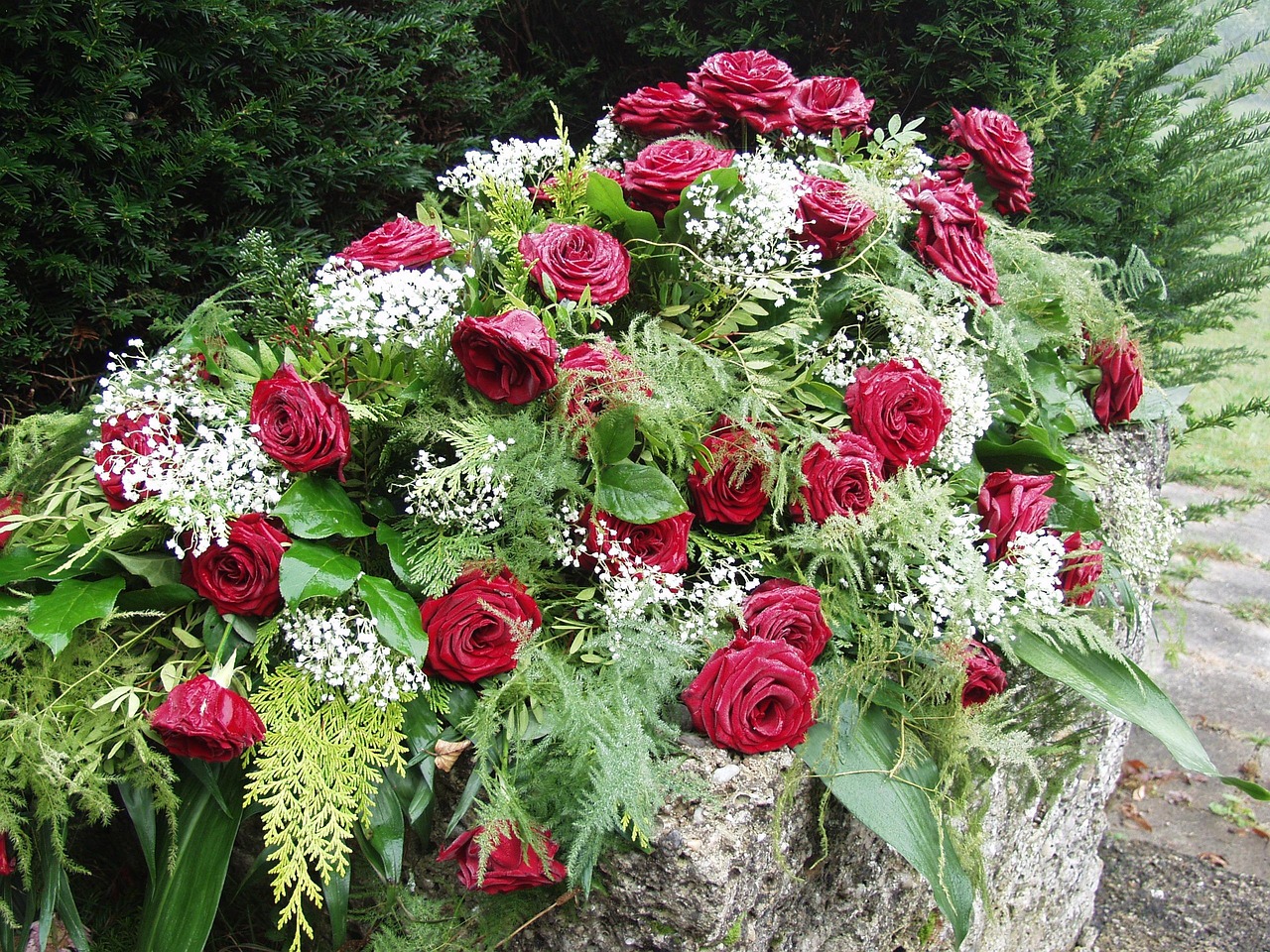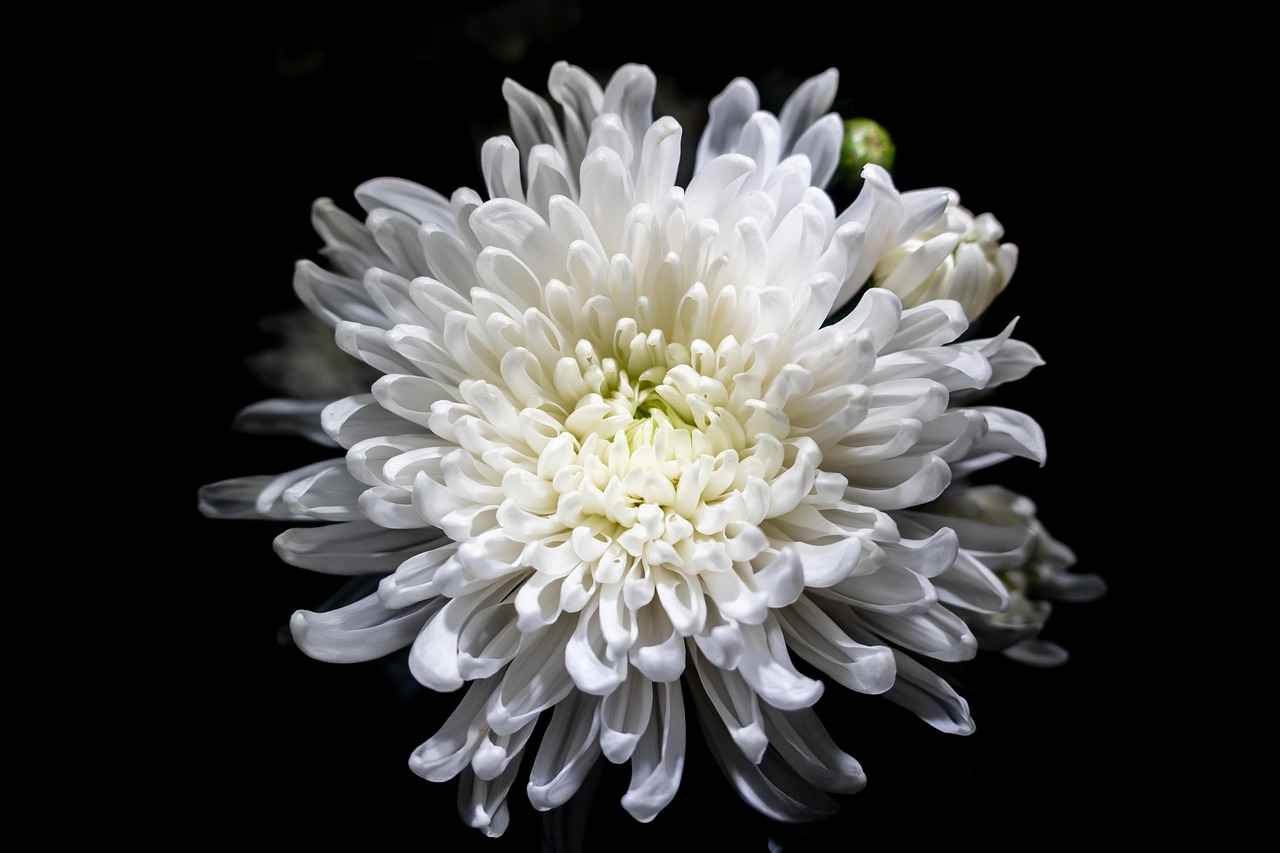New Years Eve Celebration Flowers
New Years Eve Celebration Flowers: Flowers hold symbolic meaning in New Year’s Eve celebrations worldwide, playing a significant role in ushering in hope, prosperity, and good fortune for the coming year. From vibrant bouquets to single stems, floral traditions vary by culture, reflecting deep-rooted beliefs and aspirations for renewal. Here is an exploration of New Year’s Eve flower traditions across different regions and their cultural significance.
Europe
In Europe, flowers are often associated with blessings and well-wishes for the new year.
- The Netherlands: The Dutch celebrate New Year’s Eve with fresh flowers, particularly tulips and chrysanthemums, as they symbolize renewal and beauty. Bouquets are placed prominently in homes to welcome the new year with positivity.
- France: White flowers, particularly lilies and roses, are used as a symbol of peace and harmony. It is common to gift floral arrangements as a gesture of goodwill for the year ahead.
- Italy: Red flowers, especially poinsettias, are popular during the holiday season, including New Year’s Eve. Red is believed to bring good luck, vitality, and protection against negative energies.
Asia
Asian cultures deeply integrate flowers into their New Year’s celebrations, often aligning with traditional beliefs and practices.
- Japan: Flowers like plum blossoms, pine, and bamboo are part of traditional kadomatsu arrangements, placed at the entrance of homes to invite prosperity and ward off evil spirits. Plum blossoms symbolize resilience and renewal, marking the transition to a fresh year.
- China: Although Chinese New Year is celebrated later, some people in China mark January 1st with flowers. Orchids, peonies, and narcissus are popular, as they represent prosperity, abundance, and good fortune.
- India: Flowers such as marigolds and jasmine are used to decorate homes and temples on New Year’s Eve. Marigolds symbolize brightness and optimism, while jasmine represents purity and positivity.
Africa
In many African countries, flowers play a role in communal celebrations of renewal and hope for the coming year.
- South Africa: Colorful flowers, including protea, the country’s national flower, are often used in arrangements to symbolize resilience and transformation. These flowers are exchanged or displayed in homes to welcome new beginnings.
- Nigeria: While floral traditions may not be as prominent, bright and vibrant flowers such as hibiscus are used in decorations for New Year’s Eve parties and gatherings, symbolizing joy and festivity.
North America
In North America, flowers are popular as gifts and decorations to mark the new year.
- United States: White flowers, like lilies and roses, are common in New Year’s Eve decor as they represent purity and fresh beginnings. Many people also choose vibrant floral arrangements featuring gold and yellow flowers, such as sunflowers or chrysanthemums, to symbolize optimism and prosperity.
- Mexico: Marigolds, a staple in many Mexican celebrations, are also used for New Year’s Eve. They are thought to attract good spirits and ensure blessings for the coming year.
South America
Flowers are deeply tied to cultural and spiritual beliefs in South America, often influencing New Year’s Eve customs.
- Brazil: Brazilians celebrate New Year’s Eve, or Réveillon, with offerings to Yemanjá, the goddess of the sea. People throw white flowers into the ocean as a tribute, praying for blessings and guidance in the year ahead.
- Colombia: In Colombia, flowers like roses and carnations are used in rituals to attract love, prosperity, and happiness. People may carry flowers or place them in water as part of their celebrations.
Oceania
In Oceania, floral traditions emphasize nature’s connection to renewal and celebration.
- Australia: Native flowers like waratahs, kangaroo paws, and eucalyptus blossoms are often used in New Year’s Eve arrangements. These flowers highlight the country’s natural beauty and symbolize resilience and hope.
- Hawaii: In Hawaiian culture, leis made of fragrant flowers like plumeria, orchids, or tuberose are exchanged as a sign of goodwill and friendship. Leis symbolize affection and hope for a prosperous new year.
Middle East
Flowers hold symbolic value in Middle Eastern cultures, often linked to renewal and peace.
- Turkey: Red flowers, particularly roses, are gifted on New Year’s Eve as a gesture of love and hope. In Turkish culture, red is seen as a lucky color that wards off negativity.
- Lebanon: Bouquets featuring white lilies and jasmine are popular, representing purity and joy. Flowers are often incorporated into New Year’s Eve decorations and feasts.
Global Themes and Symbolism
Across cultures, certain flowers and colors are universally associated with New Year’s Eve:
- White flowers: Representing purity and fresh beginnings, white lilies, roses, and chrysanthemums are common in many traditions.
- Red flowers: Symbolizing vitality, love, and protection, red blooms like roses and poinsettias are popular in celebrations.
- Yellow and gold flowers: These colors are linked to prosperity and optimism, often seen in sunflowers, marigolds, and chrysanthemums.
- Symbolic arrangements: Floral displays often incorporate other elements, like candles or fruits, to enhance their meaning and festive appeal.
In conclusion, flowers are a universal symbol of hope, renewal, and beauty in New Year’s Eve celebrations. Whether used in rituals, decorations, or gifts, they carry heartfelt messages and cultural significance, making them an enduring part of welcoming the new year across the globe.



